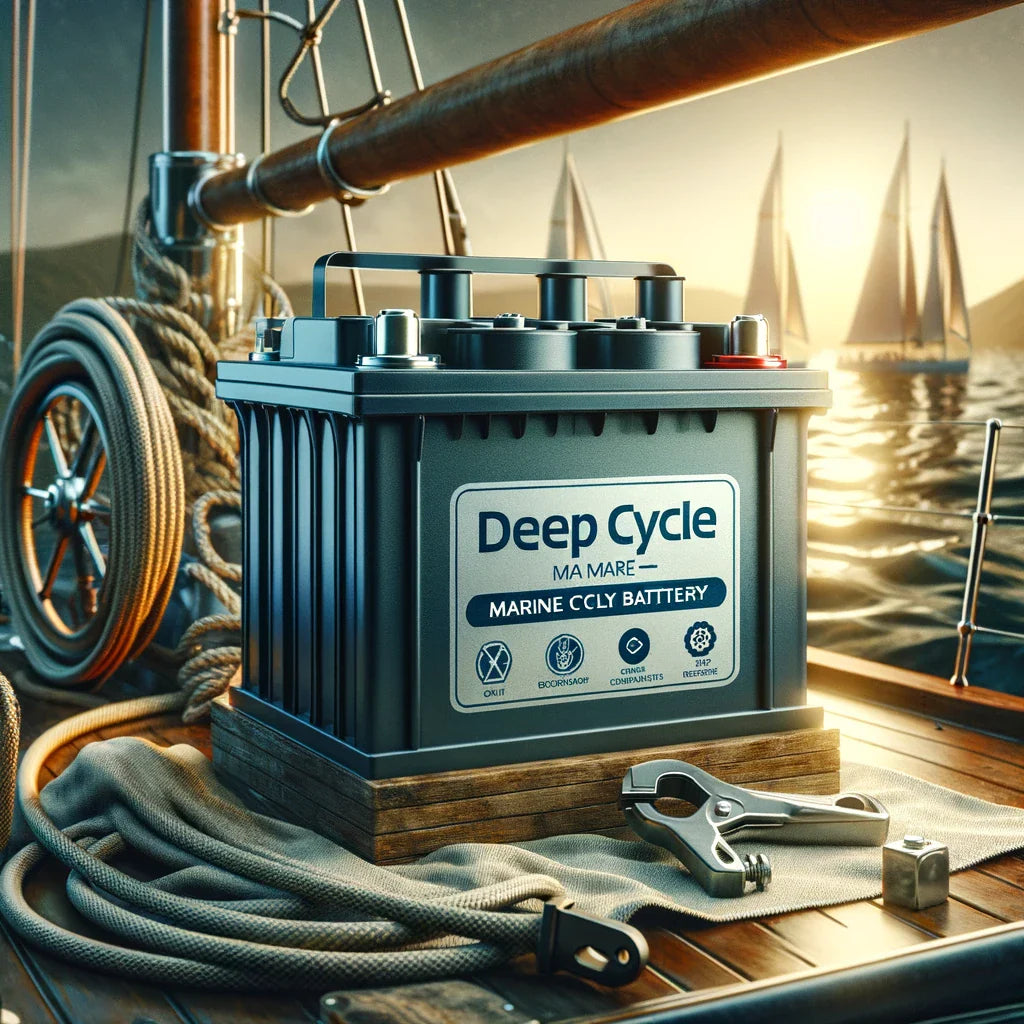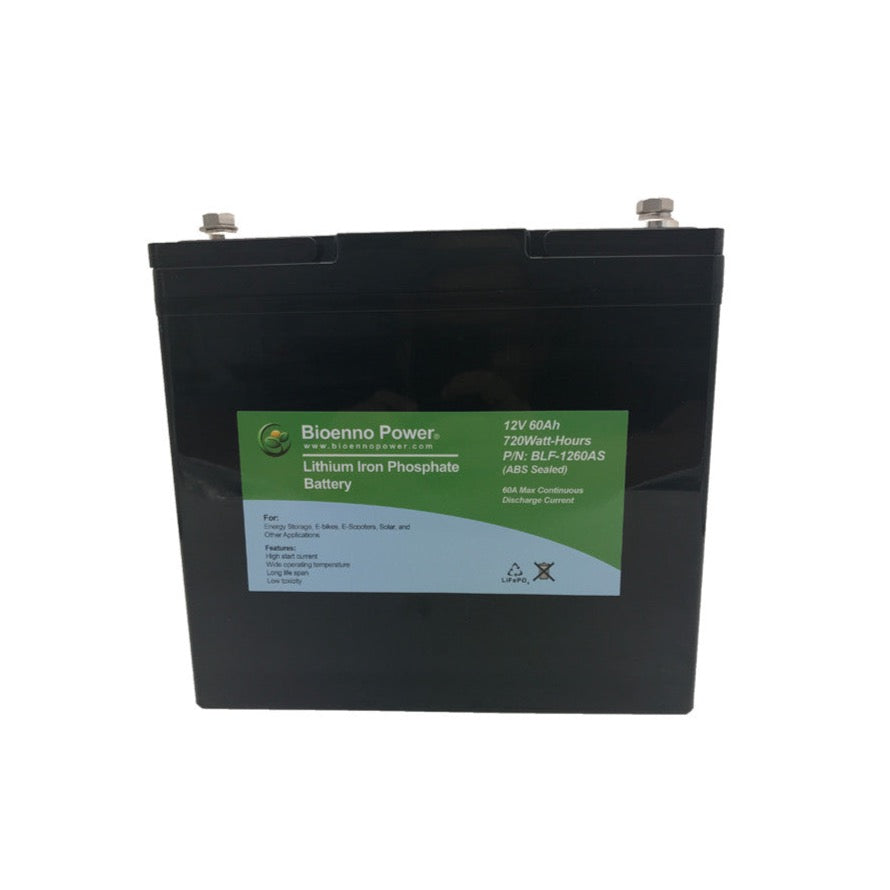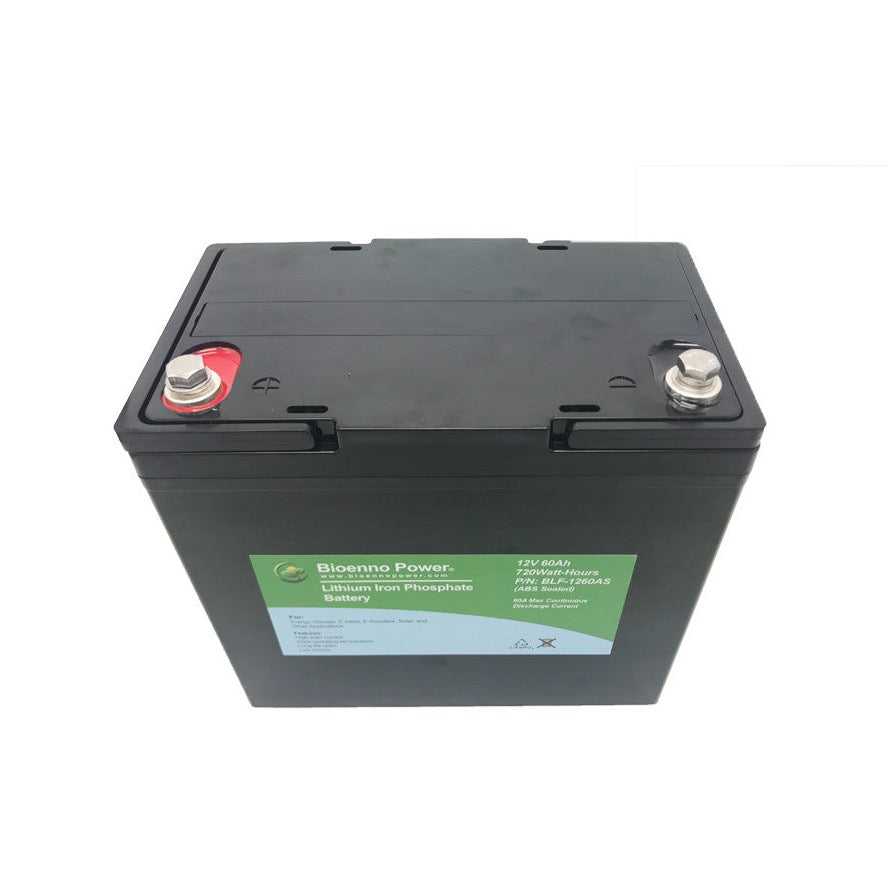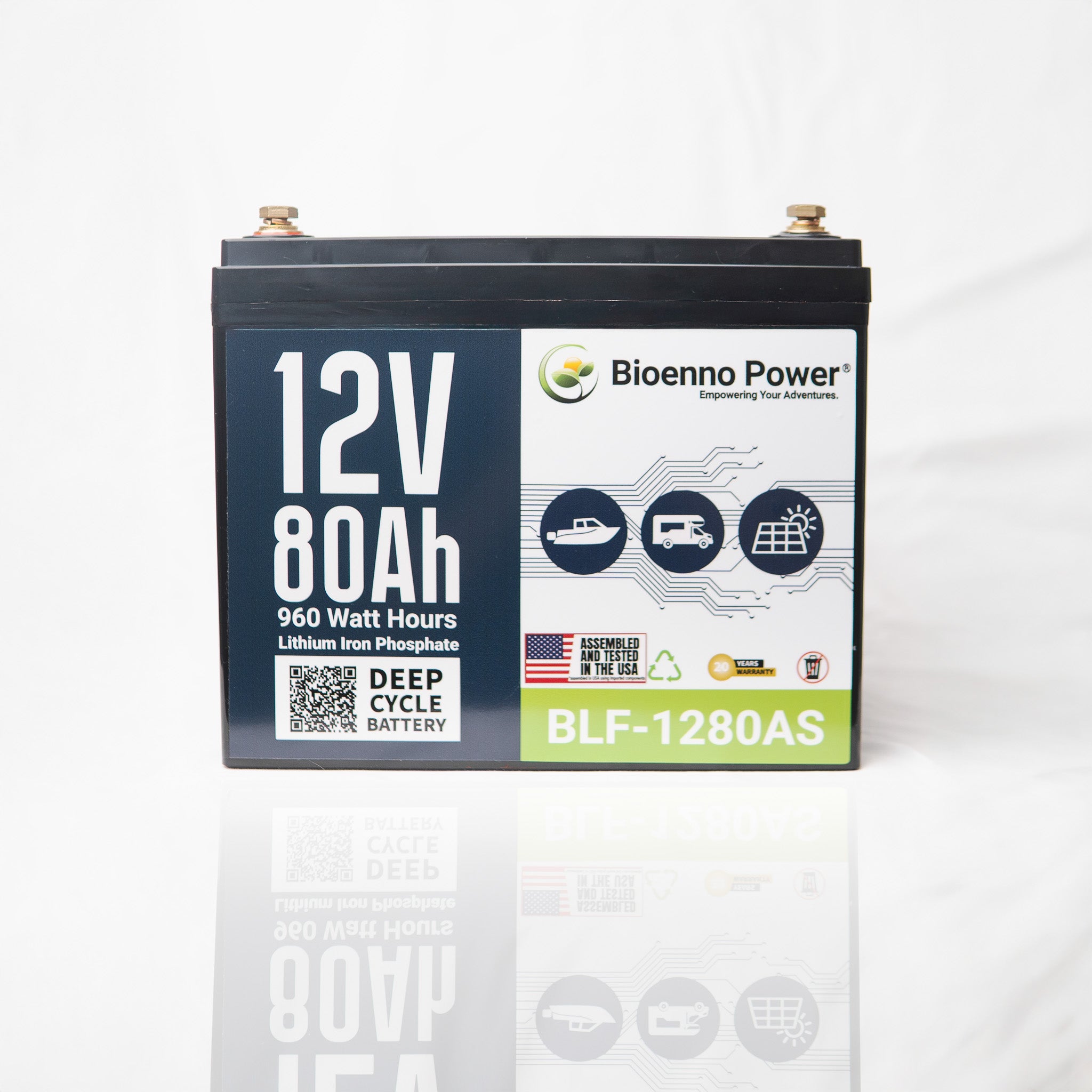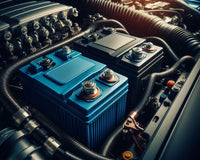The Ultimate Checklist for Your Deep Cycle Marine Battery Before Setting Sail
Setting sail on the vast blue expanses can be a thrilling experience. Whether you're a seasoned sailor or a weekend boater, ensuring that your deep cycle marine battery is in prime condition is crucial. This guide offers an extensive checklist to guarantee your marine adventures are safe, uninterrupted, and enjoyable. Let's dive into the specifics.
Understanding Deep Cycle Marine Batteries: A Brief Overview
Before we get into the checklist, it's essential to understand what a deep cycle marine battery is. Unlike standard car batteries, deep cycle batteries are designed to provide steady power over longer periods. They are built to withstand repeated discharging and charging cycles, making them ideal for marine applications where consistent power is key. Read our Unlock the Power of Deep Cycle Marine Battery article to learn more.

1. Check the Battery Type and Specifications First things first, identify the type of battery you have. Deep cycle marine batteries come in various forms, including lead-acid, AGM (Absorbed Glass Mat), and lithium-ion. Each type has unique maintenance needs and performance characteristics. Ensure your battery matches your boat's specifications and power requirements.
2. Inspect for Physical Damage Physical inspection is critical. Look for cracks, bulges, or leaks in the battery case. These can be signs of internal damage or past overcharging. Any physical damage can compromise the battery's efficiency and poses a safety hazard.
3. Verify the Charge Level A fundamental step is to check the charge level. Use a reliable battery monitor or voltmeter. A fully charged deep cycle marine battery should read around 12.6 volts or higher. Regularly charging your battery prevents sulfation, which can significantly reduce its lifespan.

4. Clean Battery Terminals and Connections Ensure the terminals and connections are clean. Corrosion at the terminals can cause poor conductivity, leading to reduced power and potential starting issues. Regular cleaning with a mixture of baking soda and water helps maintain good electrical contact
5. Ensure Secure Battery Mounting A securely mounted battery is a non-negotiable. Check that the battery is fastened tightly in its compartment. The high seas can be rough, and a loose battery not only risks damage to itself but also poses a safety risk to the boat and its occupants.
6. Evaluate the Electrolyte Levels (For Lead-Acid Batteries) If you're using a lead-acid battery, regularly check the electrolyte levels. Low levels can lead to battery cell damage. Top up with distilled water if needed, but avoid overfilling as it can cause acid spills during charging.
7. Perform Regular Load Testing Load testing is a way to evaluate the real-world performance of your battery. It helps in determining its ability to hold charge under operating conditions. A battery failing a load test might need a recharge or, in some cases, replacement.
8. Monitor Charging Practices Proper charging is vital. Overcharging or undercharging can significantly impact battery life and performance. Use a quality charger and follow the manufacturer's guidelines for charging practices.
9. Understand the Depth of Discharge (DoD) Be aware of the Depth of Discharge (DoD) your battery can handle. Regularly discharging a battery below its recommended DoD can shorten its lifespan. Lithium-ion batteries generally have a higher tolerance for deeper discharges compared to lead-acid or AGM batteries.
10. Inspect Battery Cables and Connections Examine the cables and connections for wear and tear. Ensure all connections are tight and secure. Loose or damaged cables can lead to power loss and can be a potential fire hazard.
11. Consider the Age of Your Battery Batteries have a finite lifespan. Keep track of your battery's age and be aware of its typical lifespan. Older batteries might not hold a charge as efficiently and could need more frequent testing and monitoring.
12. Be Aware of Temperature Effects Temperature can significantly impact battery performance. Extreme cold or heat can affect charging and discharging efficiency. Ensure your battery is stored and operated within the recommended temperature range.
13. Regularly Update Firmware (For Smart Batteries) For those using smart batteries, such as advanced lithium-ion types, keeping the firmware updated is important. Updates can improve battery performance and longevity.
14. Have a Backup Plan Always have a backup plan. Carrying a spare battery or having an alternate power source like a generator can be a lifesaver, especially during long trips.
15. Consult with Professionals Lastly, if in doubt, consult with professionals. Regular professional check-ups can catch issues you might miss and provide peace of mind.
Conclusion
Embarking on a marine journey requires meticulous preparation, with your deep cycle marine battery playing a pivotal role. This comprehensive 15 step checklist ensures that your battery is in top condition, paving the way for a safe and enjoyable sailing experience. Remember, regular maintenance not only extends the life of your battery but also safeguards your marine adventures. For a complete guide on Marine Deep Cycle Batteries click here.

